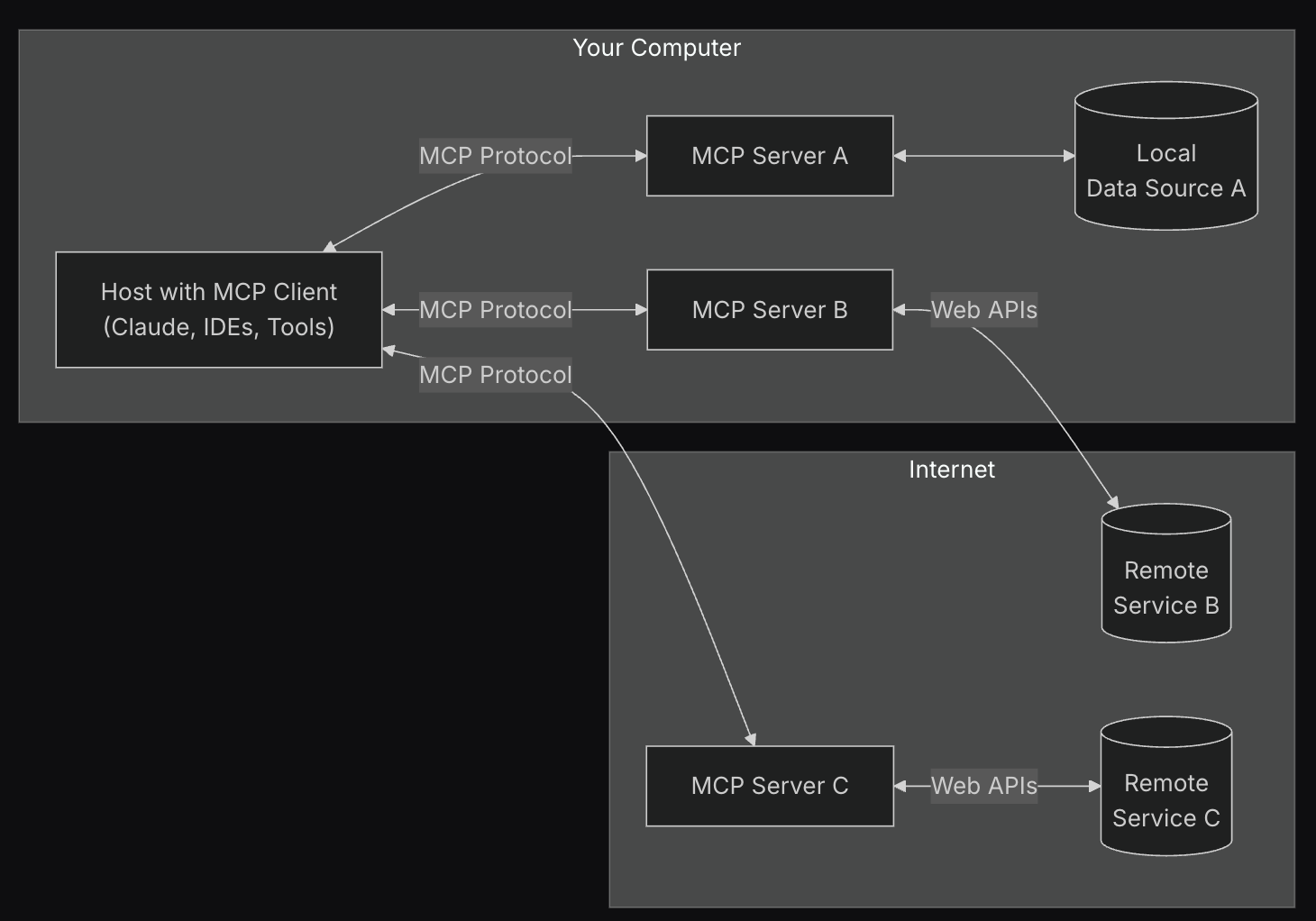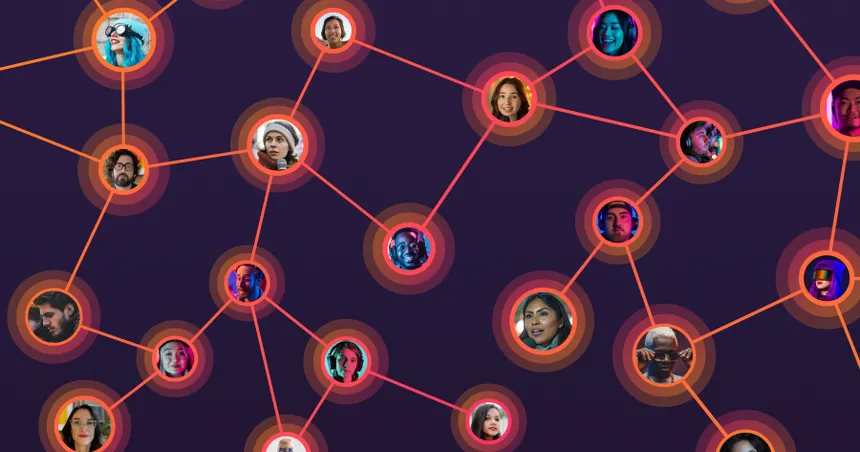
Generative AI is rapidly transforming various industries, offering innovative solutions and creative possibilities. To understand its impact, we will explore real-world applications through the lens of a fictional company, “Imaginarium Inc.” This case study will illustrate how different types of generative AI models can be leveraged to solve specific business challenges and create new opportunities. By examining Imaginarium Inc.’s journey, you’ll gain a practical understanding of how generative AI is being used today and its potential for the future.
Imaginarium Inc.: A Creative Powerhouse
Imaginarium Inc. is a multifaceted creative company specializing in product design, marketing campaigns, and entertainment content. They aim to be at the forefront of innovation, and they’ve been exploring generative AI to enhance their creative processes and gain a competitive edge. Let’s delve into how they’re using generative AI in different areas of their business.
Product Design
One of Imaginarium Inc.’s core business areas is product design. They create innovative and aesthetically pleasing products for various markets. Generative AI has revolutionized their design process in several ways:
- Concept Generation: Instead of relying solely on human brainstorming, Imaginarium Inc. uses generative AI models to create initial product concepts. They input design parameters like target audience, desired functionality, and aesthetic preferences. The AI then generates multiple design variations, providing a diverse range of starting points for the design team.Example: Imaginarium Inc. wants to design a new line of eco-friendly furniture. They input parameters such as “sustainable materials,” “modern minimalist design,” and “suitable for small apartments.” The generative AI model outputs designs for chairs, tables, and storage units, each incorporating different sustainable materials like bamboo, recycled plastic, and reclaimed wood.Example: For a new line of children’s toys, they input “educational,” “interactive,” and “bright colors.” The AI generates concepts for building blocks with integrated sensors, interactive storybooks with augmented reality features, and robotic pets that respond to voice commands.
- Design Optimization: Generative AI can optimize existing designs for various factors like cost, performance, and manufacturability. By inputting design specifications and constraints, the AI can suggest modifications that improve the product’s overall efficiency and effectiveness.Example: Imaginarium Inc. has a design for a new type of bicycle helmet. They use generative AI to optimize the helmet’s shape for aerodynamic performance and impact resistance. The AI suggests modifications to the helmet’s ventilation system and outer shell, resulting in a lighter and safer design.Example: They are designing a new type of running shoe. They use generative AI to optimize the sole design for cushioning, stability, and energy return. The AI suggests modifications to the sole’s geometry and material composition, resulting in a shoe that improves running performance and reduces the risk of injury.
- Personalized Design: Generative AI enables Imaginarium Inc. to create personalized products tailored to individual customer preferences. By collecting data on customer tastes and needs, the AI can generate unique designs that cater to specific requirements.Example: Imaginarium Inc. offers personalized phone cases. Customers can upload images, select colors, and specify design elements. The generative AI model then creates a unique phone case design based on the customer’s input.Example: They offer personalized clothing. Customers can provide their body measurements, preferred styles, and color palettes. The generative AI model then generates custom clothing designs that fit the customer perfectly and reflect their individual style.
Marketing Campaigns
Generative AI is also transforming how Imaginarium Inc. creates and executes marketing campaigns. It allows them to generate engaging content, personalize customer experiences, and optimize campaign performance.
- Content Generation: Generative AI can create various types of marketing content, including ad copy, social media posts, and email newsletters. By inputting keywords, target audience information, and brand guidelines, the AI can generate compelling content that resonates with potential customers.Example: Imaginarium Inc. needs to create ad copy for their new line of eco-friendly furniture. They input keywords like “sustainable,” “modern,” “eco-friendly,” and “furniture.” The generative AI model generates multiple ad copy variations, each highlighting different aspects of the product and targeting different customer segments.Example: They need to create social media posts for their new line of children’s toys. They input keywords like “educational,” “interactive,” “toys,” and “kids.” The AI generates multiple social media posts, each featuring different images and videos of the toys and targeting different age groups.
- Personalized Experiences: Generative AI enables Imaginarium Inc. to create personalized marketing experiences for individual customers. By analyzing customer data, the AI can tailor content and offers to specific customer preferences, increasing engagement and conversion rates.Example: Imaginarium Inc. uses generative AI to personalize email newsletters. Based on customer purchase history and browsing behavior, the AI generates personalized product recommendations and offers that are relevant to each customer’s interests.Example: They use generative AI to personalize website content. Based on customer demographics and browsing behavior, the AI generates personalized website layouts and content that are tailored to each customer’s needs.
- Campaign Optimization: Generative AI can optimize marketing campaigns in real-time by analyzing campaign performance data and making adjustments to targeting, bidding, and creative elements. This ensures that campaigns are constantly improving and delivering the best possible results.Example: Imaginarium Inc. uses generative AI to optimize their online advertising campaigns. The AI analyzes campaign performance data, such as click-through rates and conversion rates, and makes adjustments to ad targeting and bidding strategies to maximize ROI.Example: They use generative AI to optimize their social media campaigns. The AI analyzes campaign performance data, such as engagement rates and reach, and makes adjustments to content and posting schedules to maximize audience engagement.
Entertainment Content
Imaginarium Inc. also produces entertainment content, including movies, TV shows, and video games. Generative AI is helping them create more immersive and engaging experiences for their audiences.
- Character Generation: Generative AI can create realistic and expressive characters for movies, TV shows, and video games. By inputting character descriptions and personality traits, the AI can generate 3D models and animations that bring characters to life.Example: Imaginarium Inc. is developing a new video game. They use generative AI to create a diverse cast of characters, each with unique appearances, personalities, and backstories.Example: They are producing a new animated movie. They use generative AI to create realistic and expressive character animations, reducing the time and cost of traditional animation techniques.
- World Building: Generative AI can create detailed and immersive worlds for entertainment content. By inputting geographical data, historical information, and artistic styles, the AI can generate landscapes, cities, and environments that are both realistic and imaginative.Example: Imaginarium Inc. is creating a new science fiction movie. They use generative AI to generate the landscapes of an alien planet, complete with unique flora, fauna, and geological formations.Example: They are developing a new historical drama TV show. They use generative AI to recreate the cities and environments of a specific historical period, ensuring accuracy and authenticity.
- Storytelling: Generative AI can assist in storytelling by generating plot ideas, dialogue, and scene descriptions. By inputting story themes, character motivations, and desired outcomes, the AI can provide writers with inspiration and help them overcome creative blocks.Example: Imaginarium Inc. is developing a new fantasy novel. They use generative AI to generate plot ideas, character arcs, and world-building details, providing the writer with a rich source of inspiration.Example: They are producing a new interactive video game. They use generative AI to generate dynamic dialogue and branching storylines, creating a more immersive and engaging player experience.
Types of Generative AI Models Used by Imaginarium Inc.
Imaginarium Inc. utilizes various types of generative AI models, each suited for specific tasks:
- Generative Adversarial Networks (GANs): GANs are used for image and video generation, creating realistic and high-quality content. They are particularly useful for generating product designs, character models, and visual effects.
- Variational Autoencoders (VAEs): VAEs are used for generating variations of existing content, such as product designs and marketing materials. They are also useful for anomaly detection, identifying unusual patterns in data.
- Transformer Models: Transformer models are used for text generation, creating compelling ad copy, social media posts, and email newsletters. They are also used for natural language processing tasks, such as sentiment analysis and language translation.
Ethical Considerations
Imaginarium Inc. is committed to using generative AI responsibly and ethically. They are aware of the potential risks associated with the technology, such as bias, misinformation, and job displacement. They have implemented policies and procedures to mitigate these risks and ensure that generative AI is used for good.
- Bias Mitigation: Imaginarium Inc. carefully curates the data used to train their generative AI models to avoid perpetuating biases. They also use techniques to detect and mitigate bias in the models’ outputs.
- Transparency: Imaginarium Inc. is transparent about their use of generative AI. They disclose when content has been generated by AI and provide information about the models used.
- Job Displacement: Imaginarium Inc. is committed to retraining and upskilling their employees to adapt to the changing job market. They are also exploring new ways to use generative AI to create new jobs and opportunities.
Practice Activities
- Product Design: Imagine you are a product designer at Imaginarium Inc. Use a generative AI tool (or describe how you would use one) to generate three different concepts for a new type of smart home device. Specify the input parameters you would use and describe the potential outputs.
- Marketing Campaign: You are a marketing manager at Imaginarium Inc. Use a generative AI tool (or describe how you would use one) to create five different ad headlines for a new line of sustainable clothing. Specify the target audience and the key selling points you want to highlight.
- Entertainment Content: You are a screenwriter at Imaginarium Inc. Use a generative AI tool (or describe how you would use one) to generate a short scene description for a science fiction movie set on a distant planet. Specify the setting, characters, and plot elements you want to include.
By working through these exercises, you’ll gain a better understanding of how generative AI can be applied in different creative contexts.
Generative AI is a powerful tool that can enhance creativity, improve efficiency, and create new opportunities across various industries. Imaginarium Inc.’s journey demonstrates how generative AI can be leveraged to solve specific business challenges and create innovative products, marketing campaigns, and entertainment content. As generative AI technology continues to evolve, it will undoubtedly play an even greater role in shaping the future of creativity and innovation. In the next lessons, we will delve deeper into the specific types of generative AI models, starting with Generative Adversarial Networks (GANs).






